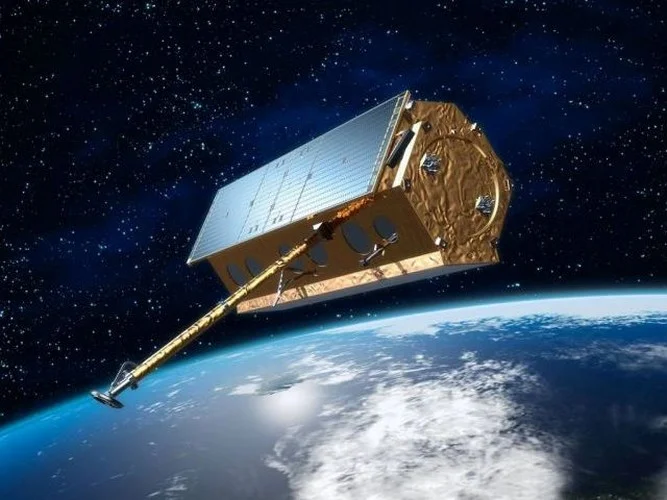ROHP-PAZ


PAZ satellite instrument to detect and quantify heavy precipitation events (Spain)

ROHP (Radio-Occultation and Heavy Precipitation) is an experiment on board the Spanish Earth Observation satellite PAZ, designed to test a new technique for studying the atmosphere. Launched in 2018, the objective of the experiment is to provide coincident thermodynamic and precipitation information with high vertical resolution in regions with heavy clouds to be inserted into Numerical Weather Prediction (NWP) models in near real-time, in order to contribute to reduce the forecast error.
ROHP is a proof-of-concept mission to test the capabilities of polarimetric GNSS radio occultation to detect heavy atmospheric precipitation. Obtaining this type of information could help to understand the thermodynamic conditions underlying heavy precipitation events, which is highly relevant as these events are still poorly predicted with the current climate and weather model parameterisation. There is currently no other instrument capable of providing this set of observations simultaneously.
The ROHP experiment is a joint effort between members of the IEEC and the company HISDESAT, which owns and operates the satellite.
THE IEEC CONTRIBUTION
ROHP-PAZ is the result of the work of a team of IEEC researchers who have created the new concept of polarimetric GNSS radio occultation measurement. The scientists designed the experiment, found the funding and the relevant international partners in order to carry out the mission, and are primarily responsible for its execution. The Institute is also in charge of seeking the necessary collaborations with external agencies to maximise the dissemination of ROHP-PAZ data and its impact on the scientific community and its return to society. Once in orbit, the IEEC will be in charge of storing and distributing the data sets, as well as generating and distributing the new products obtained with the polarimetric observables.
